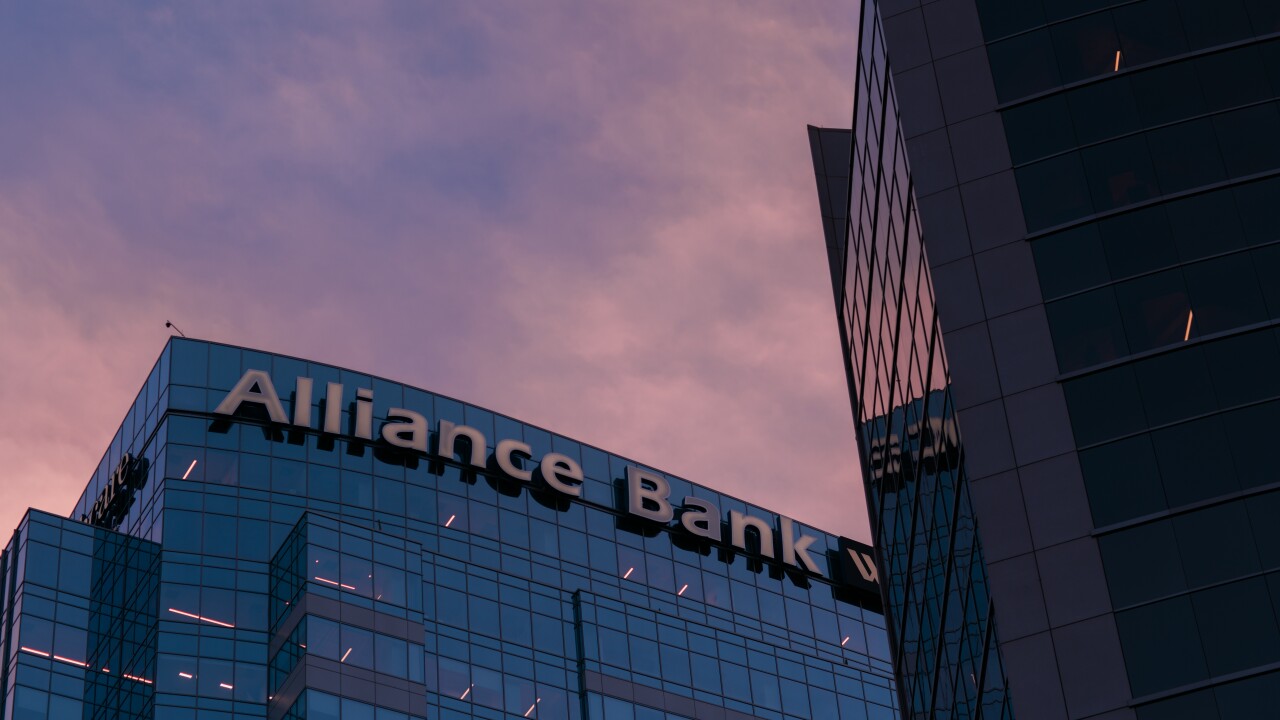IMGCAP(1)]
If the payments sector could run on new ideas alone, business would be booming. Recent innovations in payments technology include BMW's work on a car key capable of executing contactless payments, the WaiterPAD pay-at-the-table system's compliance with Visa Inc.'s payment best-practices program and a new recurring payments process from Z-Payments designed to reduce costs for subscription-based businesses. That is just a sample of recent technology advancements that target the payments sector. Interesting ideas all, and while these new technology developments and others may encourage ISOs and agents to imagine all the new offerings they can provide to their merchant accounts, ISOs and agents also must be sure not to jump too far ahead too quickly.
Understanding new technology and then turning around and selling it into merchant accounts requires a longer sales cycle and a longer total investment of time, observers say. Furthermore, unlike the masses of consumers who flock to a new gadget such as the iPhone, the average merchant will not invest in a new technology simply to be among the earliest adopters.
Each of the new innovations mentioned above addresses a segment of the payments sector-contactless payments, mobile pay-at-the-table systems and recurring payments-that is fairly new and full of promise. Each of these segments also could be full of misfortune for ISOs and their partners.
A case in point may be the BMW key.
The car-key advancement recently emerged from work done by BMW Group Research and Technology and contactless-payment chip developer NXP Semiconductors. Called "the world's first multi-functional car key" in a release from NXP Semiconductors, the key uses the vendor's SmartMX chipset to support contactless payment and other transaction-oriented features. Sounds cool if you can afford the BMW that goes along with it, but contactless payment continues to face an uphill struggle, especially among consumers.
Zeroing Out On Contactless
Part of the explanation for the slow growth of contactless payment may be that consumers do not understand it.
An Auriemma Consulting Group Inc. survey earlier this year found most consumers remain unfamiliar with contactless technology, which enables them to pay by tapping payment cards and other devices containing radio-frequency identification chips near a sensor on point-of-sale terminals.
Only 3% of respondents were familiar with contactless technology, and 23% would not use contactless cards because of identity-theft concerns, according to Westbury, N.Y.-based Auriemma, which conducted the survey of 508 credit card users in the first quarter.
"Our research shows that most consumers simply don't know what contactless technology is, what the benefits are, and/or how and why they should use it," says Megan Bramlette, Auriemma managing associate.
"We have tried to sell contactless, and we have had zero response, zero interest from merchants in that solution. A lot of people have talked about contactless, but it's possible it is just not the time yet," says Justin Milmeister, president of Elite Merchant Solutions, a North Hollywood, Calif.-based ISO.
Part of the problem, Milmeister and others say, is that there are not enough contactless cards in the hands of consumers. "The card issuers need to be more behind it than they are if they want it to work," Milmeister says. "Think about it: How many contactless cards do you have in your wallet right now? And do you use them?"
Other ISOs contacted for this story said they do not support contactless or pay-at-the-table systems because they do not see demand either at the merchant or consumer levels.
The prevalence of advertising around PayPass cards and contactless capabilities at fast-food restaurants and gas stations may suggest otherwise, but marketing energy is coming from a handful of giant national and international chains, such as McDonald's Corp., BP PLC or 7-Eleven Inc.
"Unless you're a national-chain merchant, this may not be something you're comfortable with," Milmeister says. "The big boys are better at dealing with new technology. Many of the smaller merchants are maybe a bit old-fashioned in that they don't feel like this is something they really need."
Card issuer Discover Financial Services would dispute the notion that card issuers have not been behind contactless payment enough. "Many ISOs/acquirers do not have contactless programs today. Only the top three or four have programs of some type, and Discover does partner with them," says Farhan Ahmad, Discover director of emerging markets and strategic business development.
Discover is hopeful that the contactless payment adoption will improve in the next 12 months. Ahmad notes a couple of major ISO contactless programs,
including First Data's Go-Tag trial at the Democratic National Convention in Denver this summer. First Data plans to offer Go-Tag prepaid contactless stickers and readers to its merchant partners, and the company has been promoting how merchants might integrate contactless payments with customer-loyalty programs. In addition, processor Heartland Payment Systems Inc., of Princeton, N.J., has launched campus-wide contactless payment capabilities at Slippery Rock University in Pennsylvania as part of its campus division using a sticker.
One of the major merchant benefits of enabling contactless-payment technology and acceptance of contactless cards has been the understanding that transaction speed, and thus customer service, could be improved greatly. "In the beginning, contactless deployments were largely focused on [quick-serve restaurants], convenience stores, movie theaters and other 'quick-pay' venues. The value proposition hinged on line-busting," says Discover's Ahmad. He describes such opportunities as having limited reach.
However, bringing the technology to other kinds of venues has proved difficult in part because sometimes the payment transaction itself is not necessarily that slow of a process. Sometimes a long checkout line is just a long checkout line.
Proposing contactless cards as a replacement for cash, however, is a more broadly applicable strategy, he says.
"We looked at merchant venues where accepting contactless payments would be more convenient than accepting cash, such as subway terminals, buses, taxis and vending machines. These points of sale are many times unattended, prone to cash shrinkage and still rely on speed," Ahmad says.
Merchant understanding of how contactless technology works and its security also might have been lacking thus far. ISOs have to be ready to conduct-and endure-a more sophisticated and time-consuming sales process.
ISOs and their merchants want the sales process to be more "black and white" than that, Elite's Milmeister says. "We absolutely have tried to educate them about it," he says. Elite Merchant Solutions no longer promotes contactless-transaction products but has not ruled out doing so in the future.
Making A Transaction Easier
Pay-at-the-table systems are examples of another fairly new technology sector that is trying to gain a foothold among ISOs and their merchant customers. Adoption of pay-at-the-table in general has been stronger than contactless payment thus far, according to ExaDigm, a Santa Ana, Calif.-based vendor of mobile point-of-sale and countertop pay-at-the-table terminal connectivity devices.
"A mobile payment terminal is putting the transaction process in your hand," says Scott Holt, ExaDigm senior vice president of marketing. "There are less people touching that card and less chance of fraud occurring."
Pay-at-the-table, however, has had its own hurdles to overcome. The technology now uses Wi-Fi, cellular telephone or other wireless technology to establish a connection, but it originally used a cellular network, that major wireless companies operated for many years but shut down a few years ago as more-sophisticated mobile-broadband networks emerged.
Cost also was once a deterrent to adoption of pay-at-the-table products. Terminals once cost $1,500 or more, but depending on the type of terminal, they now might range between $550 and $800, Holt says.
"Everything becomes a commodity eventually," Holt says. "The cost of supporting pay-at-the-table has come down in price, and it's a solution that is much more widely accepted now."
Discover's Ahmad wonders if greater potential for both contactless payments and pay-at-the-table systems might lie in somehow integrating the two technologies. "A mobile POS terminal helps decrease the probability of card skimming. However, is there added value if the mobile POS terminal accepts both contactless and magnetic-stripe cards? If you take the pay-at-the-table concept and move it to a sporting event, concert or ticketing venue, the 'tap and go' contactless interface becomes more valuable versus the traditional magnetic swipe interface," he says.
Companies in the pay-at-the-table space might dispute this, as ExaDigm's Holt indicated that the two segments are completely separate, and contactless payments still suffer from the lack of card availability and use. "With mobile POS, you use the same card you have been using. That's why it has become more successful," Holt says. "You run into problems if you try to bolt the contactless terminal onto the mobile POS terminal. It takes away some of the advantage" of using a sleek mobile POS terminal."
Current economic pressures may in fact pose greater challenges for ISOs looking to sell any kind of new technology to their merchants. Elite's Milmeister and ExaDigm's Holt both note that the last thing merchants want to consider right now is the possibility of their fees going up for something new that is difficult to understand and may not provide a clear path to greater business and revenue benefits.
"Technology that needs a long explanation is not going to sell quickly. In the end, [merchants] either need it right now, or they don't," Milmeister says.





